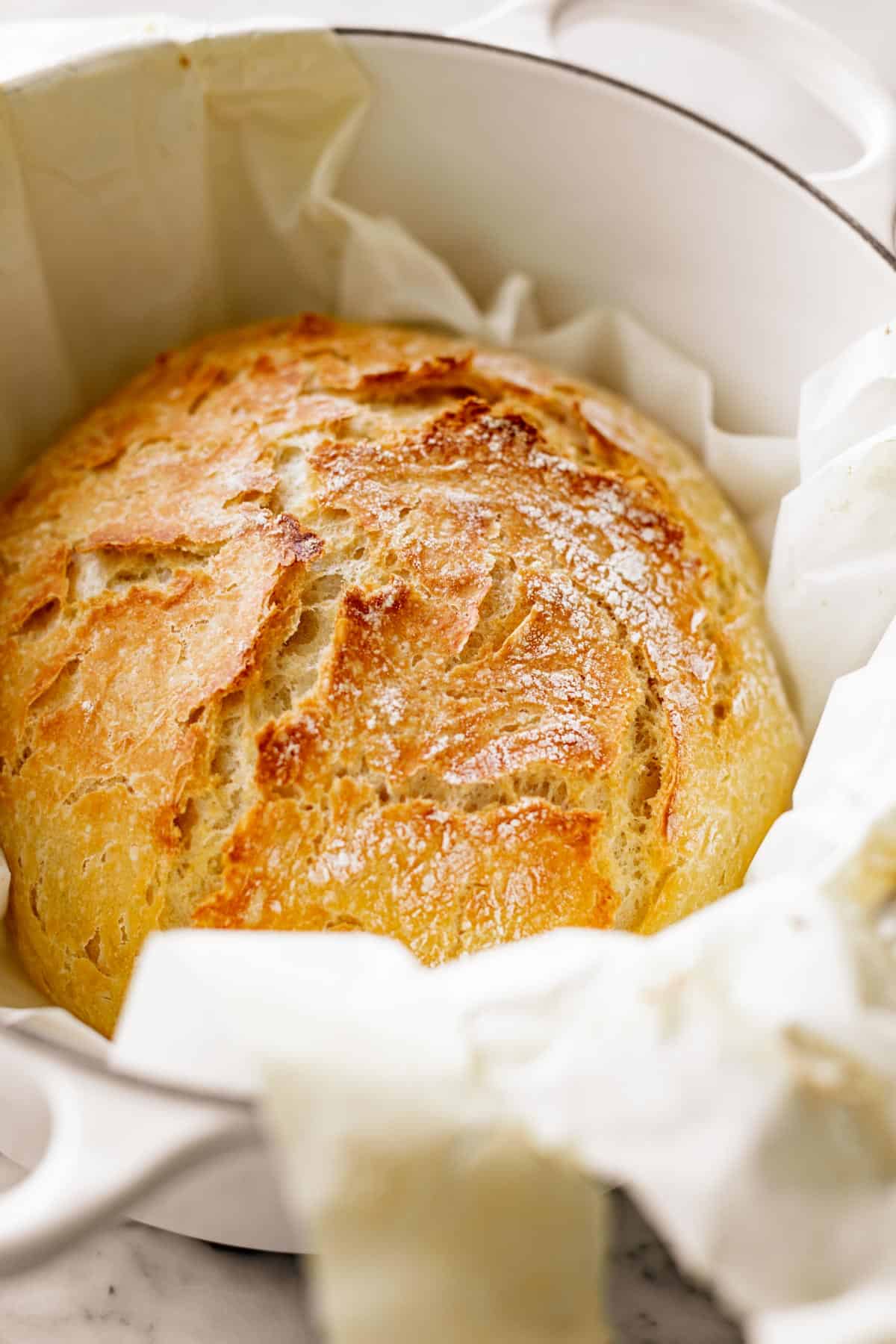

No Knead Low Sodium Artisan Bread Flavor Variations The caps work excellent as they have an elastic edge that holds them in place and is easy to store. Or recently I have a couple of clear shower caps, from the dollar store that I place over bowls that need to be covered. What I usually do is just use an old plastic grocery bag over the top. I don’t like the waste and I can never get it to stick well. I hate using plastic wrap to cover a large bowl.
#French artisan bread recipes plus#
Plus nowadays most dough is given a surface covering of oil that helps prevent moisture from escaping. I wouldn’t let it actually touch the dough though as I would think then it would actually wick away some of the moisture. People have used towels over the bowl for hundreds of years so it seems like it should work just fine. This crusting can cause overly hard chunks during baking, but can also actually slow expansion during the final proof. If not covered, the dough can dry out over the time required for it to rise. The main reason dough is covered during the rising stage is to avoid a dry crust from forming on the exposed surface. The short answer is no, plastic wrap is not required, but it should be covered. Is Plastic Wrap Required When Letting Dough Rise? Or it also makes the best bread crumbles for meatloaf, just give it a few pulses in a food processor and mix into your meatloaf. I often make this bread just for cubed stuffing as the store-bought is so high in sodium. You can later thaw and cube it up for a stuffing mix. It does not do too well sitting on the counter for too long.īut if you have leftovers and it does start to harden up – don’t throw it away! Put it in a heavy-duty freezer bag and keep it in the freezer. The bread tends to harden up in a day or so and should be placed in a Ziploc bag and stored in the fridge. It is also great to use right away or later with a stew or any gravy sopping dish that good hearty bread is needed to take the abuse of being drenched in savory gravy. This bread is pretty plain by itself and is best used while still a bit warm with an olive oil dip or whatever appetizer addition you plan on using with it.
#French artisan bread recipes how to#
I’d rather have my loaves be on the cusp of burning than be underdone in the middle.Low sodium artisan bread hot from oven How To Serve and Use Your Artisan Bread Try not to open the oven and lose that precious heat, and never pull them out to soon. These little loaves were in for exactly 22 minutes. The size of your loaf will determine your bake time.


It really make a difference in how your loaves pop up! This will give your loaves a little extra time to expand before the crust gets crispy. The ice will melt and create a steam in the closed oven, which will keep the crust of your bread from baking to quickly. Honestly, I throw in ice because it’s easy and safe, and I can do it quickly and not let my oven cool down. In the bread world, there is some controversy about if one should use water or ice or nothing, or what method is most authentic and all that. I also throw a few ice cubes in the bottom of the oven right before I pop the bread pan in. Again, there’s some debate on what’s best so try it both ways and decide for yourself. I always slash the top of my dough BEFORE I let it rest. Your dough should rest and relaxt for 20-30 minutes while your oven preheats. That blast of heat is just what your dough needs to form it’s wonderful crust, and lock in all those yeast bubbles. I have a regular old ugly, not special, not-convection oven, and I crank that baby up to 550℉ for baguettes, and 500℉ for bigger loaves. (Again, watch the video for a demonstration of my technique) “Tuck in” the edges so that the loaves are nicely rounded and tight on top.Transfer to a lined baking sheet and flip the loaves over so the smooth side is up!.(See video tutorial to watch how I do it!) I usually do two rounds of pinching until the loaves are mostly uniform.If you are making a round loaf, just form the dough into a circle and pinch up all the sides in the middle. Bring the edges of the dough up and pinch them on the top of the dough lengthwise.Don’t press, roll or knead it! Save those bubbles! Gently stretch your dough to the right length.For a larger classic French loaf, leave the dough in one piece. If you are making baguettes (long skinny loaves) divide your dough into two pieces.


 0 kommentar(er)
0 kommentar(er)
